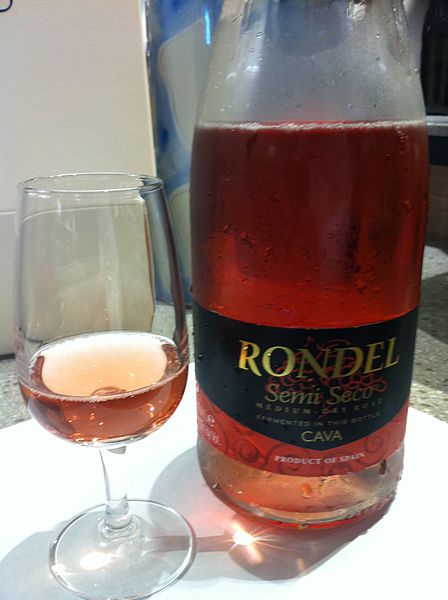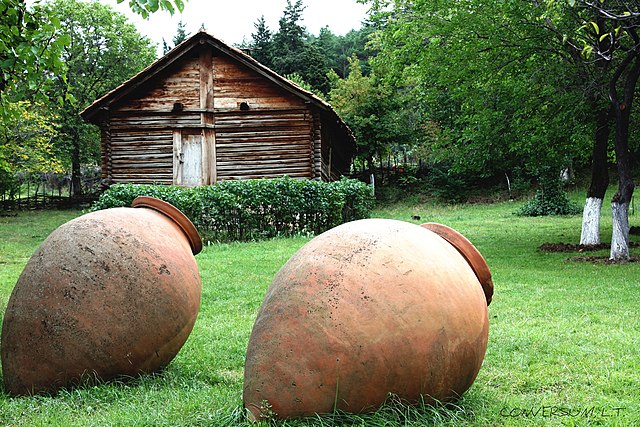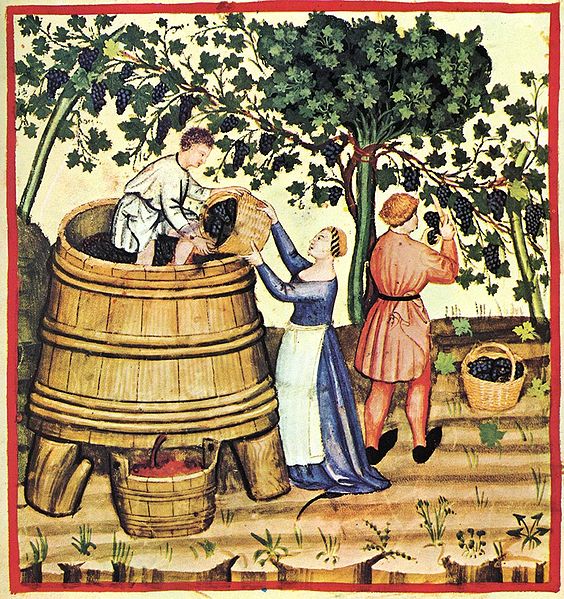The subjective sweetness of a wine is determined by the interaction of several factors, including the amount of sugar in the wine, but also the relative levels of alcohol, acids, and tannins. Sugars and alcohol enhance a wine's sweetness, while acids cause sourness and bitter tannins cause bitterness. These principles are outlined in the 1987 work by Émile Peynaud, The Taste of Wine.
A half bottle of Sauternes from Château d'Yquem, which produces one of the world's most famous and expensive sweet wines
A Spanish sparkling Cava with its sweetness level (semi-seco) listed on the label
A red German wine labeling itself as "sweet"
An "Extra Dry" champagne
Wine is an alcoholic drink made from fermented fruit. Yeast consumes the sugar in the fruit and converts it to ethanol and carbon dioxide, releasing heat in the process. Wine is most often made from grapes, and the term "wine" generally refers to grape wine when used without any qualification. Even so, wine can be made from a variety of fruit crops, including plum, cherry, pomegranate, blueberry, currant, and elderberry.
Glasses of red and white wine
Georgian clay vessels, historically used in wine making.
The Areni-1 cave in Armenia is home to the world's oldest known winery.
Pressing wine after the harvest; Tacuinum Sanitatis, 14th century








